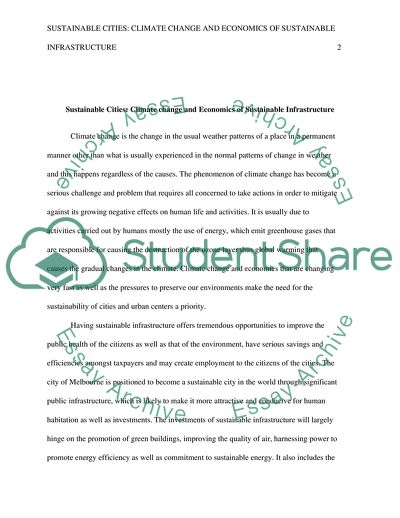Cite this document
(Sustainable Cities: Climate change and Economics of Sustainable Research Paper, n.d.)
Sustainable Cities: Climate change and Economics of Sustainable Research Paper. Retrieved from https://studentshare.org/environmental-studies/1814991-sustainable-cities-climate-change-and-economics-of-sustainable-infrastructure
Sustainable Cities: Climate change and Economics of Sustainable Research Paper. Retrieved from https://studentshare.org/environmental-studies/1814991-sustainable-cities-climate-change-and-economics-of-sustainable-infrastructure
(Sustainable Cities: Climate Change and Economics of Sustainable Research Paper)
Sustainable Cities: Climate Change and Economics of Sustainable Research Paper. https://studentshare.org/environmental-studies/1814991-sustainable-cities-climate-change-and-economics-of-sustainable-infrastructure.
Sustainable Cities: Climate Change and Economics of Sustainable Research Paper. https://studentshare.org/environmental-studies/1814991-sustainable-cities-climate-change-and-economics-of-sustainable-infrastructure.
“Sustainable Cities: Climate Change and Economics of Sustainable Research Paper”, n.d. https://studentshare.org/environmental-studies/1814991-sustainable-cities-climate-change-and-economics-of-sustainable-infrastructure.


